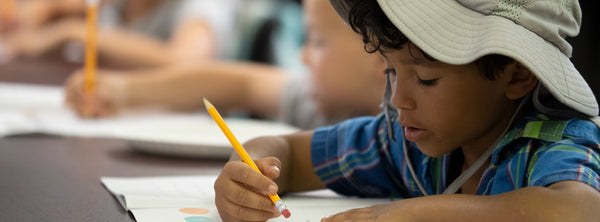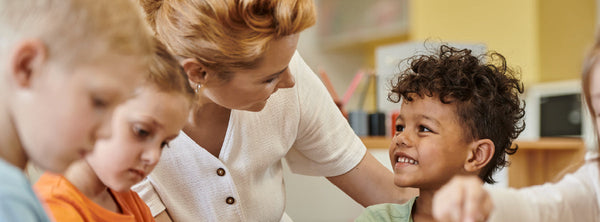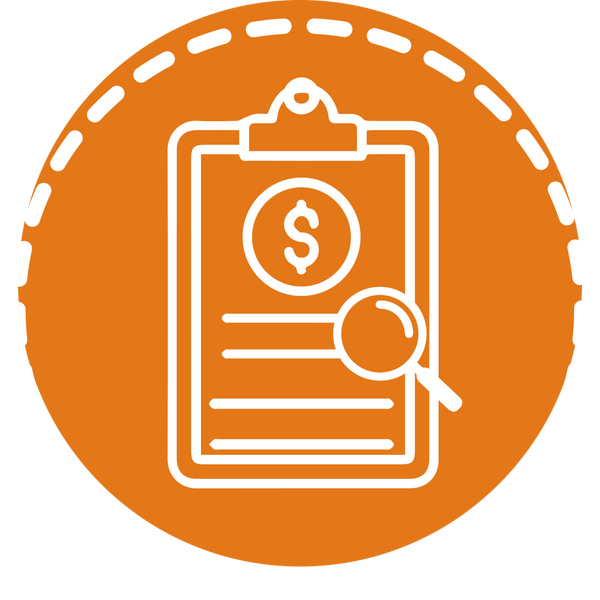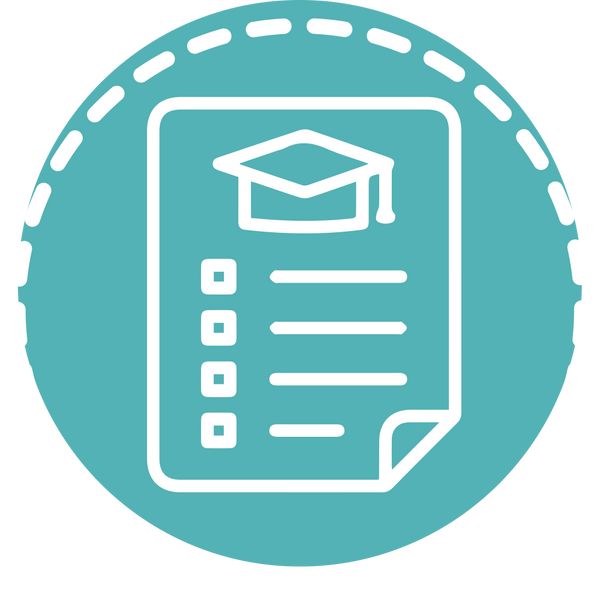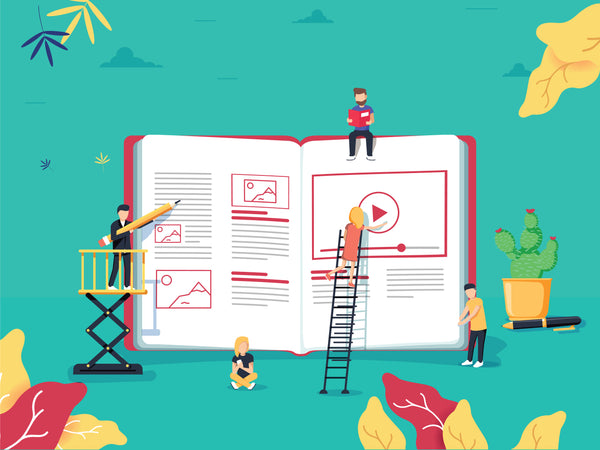
How Educators Can Make The Most of Distance Learning
The thought of school being closed for the remainder of the school year is a terrifying idea. Without the daily routine or face-to-face interactions that students are accustomed to, how do you guide and instruct them from a distance? Do they have the tools they need to succeed outside of the classroom? What about day to day necessities? As you begin to ask yourself all these questions, know that you’re not alone.
Now, more than ever, it’s essential that student learning continues both in and out of the classroom. Keeping them engaged and motivated will be a challenge, which is why we’ve sought out the advice from our STEM Development Teachers. With their help, we compiled a few tips and strategies to help you stay connected with your students as you create a motivating and engaging distance learning environment.
1. Keep an Open Mind & Be Realistic About Your Expectations
Without a set space for students to learn in, like a classroom, they may become easily distracted, and the idea that every student and their family has a designated area for learning is a little too optimistic. Therefore, as an educator be realistic about your expectations. As you begin to fine-tune what distance learning means for you and your students, there are many things to consider. Keep in mind that not every family will have internet access or other basic school materials, and not every parent has the ability to work with their child on assignments or projects. So when finding ways to engage with your students, set goals to stay on track and keep an open mind during the process.
As you lay the foundation for your distance learning classroom, instead of getting packets and materials ready for your students, start by getting to know their home life. Get an idea of what they have available at home and what you may require from them. Take the time to further establish your relationship with parents to better understand their schedule and availability. You will need their support during this new journey, so looping them in from the start will be beneficial for everyone involved.
2. Check-In Frequently & Be Present
You may be hard-pressed to focus on what type of content your students will engage with during distance learning. However, now more than ever, it’s crucial that you maintain the connections you have with your students. Remember, they no longer have access to the human connection they received when they were in the classroom. All those interactions and small moments throughout the day, the ones that don’t seem like a big deal, are gestures they’ve unintentionally become accustomed to. Those exchanged hellos in the hallway, or the laughs in the classroom, are all moments they no longer have access to. Therefore, take the time to check in frequently and carve out personalized time for each student.

You can choose between a variety of mediums for your check-ins: email, phone call, video message, comments in your learning management system, etc. Find creative ways to recreate those interactions and moments your students know and love — they’ll appreciate it more than you know. During this time, your frequent check-ins will show that you care about them and are invested in their education and well-being.
3. Allow for More Student-Driven Learning
In the classroom, students spend most of their time being directed and guided on what to do and when to do it. As an educator, you can answer questions on the fly and shift your focus to those who become disengaged. However, during distance learning, these classroom norms pose a challenge, and students become more likely to disengage. To help keep your students on track, consider designing more student-driven assignments.
Often, we see students motivated and excited when they enjoy what they’re learning about. Through student-driven assignments, learners gain control over the learning process and build those connections to the materials. Find ways to creatively incorporate your lesson plans through hands-on activities that your students enjoy! As their teacher, you’ve gotten to know their quirks, habits and how they like to learn. Use this to your advantage and create those opportunities that get them engaged in learning that doesn't feel like learning. Consider the examples below:
-
Choice Boards: A graphic organizer that allows students to learn about a topic through a variety of activities. Provide flexibility for both teachers who create the choice board and students who work through it, and they can be implemented for any grade level and any subject, as the activities give students a sense of ownership.
- Journaling: Great outlet for students to express themselves. Studies have found that expressive writing “can help individuals develop more structured, adaptive and integrated schemes about themselves, others and the world” (Bailey, 2018). Through the process of journal writing, students move from passive to active listeners and fosters all-around growth.
4. Keep it simple
One of the biggest challenges of distance learning is the lack of face-to-face interaction. In a learning environment, like a classroom, students have the opportunity to collaborate with their peers, are involved with group discussion and can openly ask questions. However, that changes in distance learning and communication becomes a bit more of a challenge. As you begin to embark on your distance learning journey, one of the most essential strategies to keep in mind is to keep things simple.

Because students can no longer rely on that specific level of communication, learning experiences must be designed with clear instructions and expectations. Start with activities that require a minimal amount of materials and provide them with additional resources, like downloadable pdfs, they can refer back to. Keep in mind that simple structures can still require meticulous work. Simple tasks allow for higher-level thinking and help students build confidence as they explore what they can and can’t do within defined activity parameters.
Final Thoughts
Distance learning is a brand new experience for you, your students and their families. Like any new experience, it will take an incredible amount of time and patience to master. Things will get hard, and you will become frustrated, but that’s OK. Tackle each challenge step-by-step and give yourself credit when credit is due. To make the most of this new experience, try to keep a positive mindset. This mindset will help you stay present with your students, which in turn will show them that no matter the situation you’ll always be there for them.
Looking to make the most of distance learning?

Tune into our professional development webinar “Tips, Tricks & Best Practices for Distance Learning” where our STEM teachers will examine some tools and strategies for communication that include both online and offline options and discuss how student choice impacts participation and motivation.


